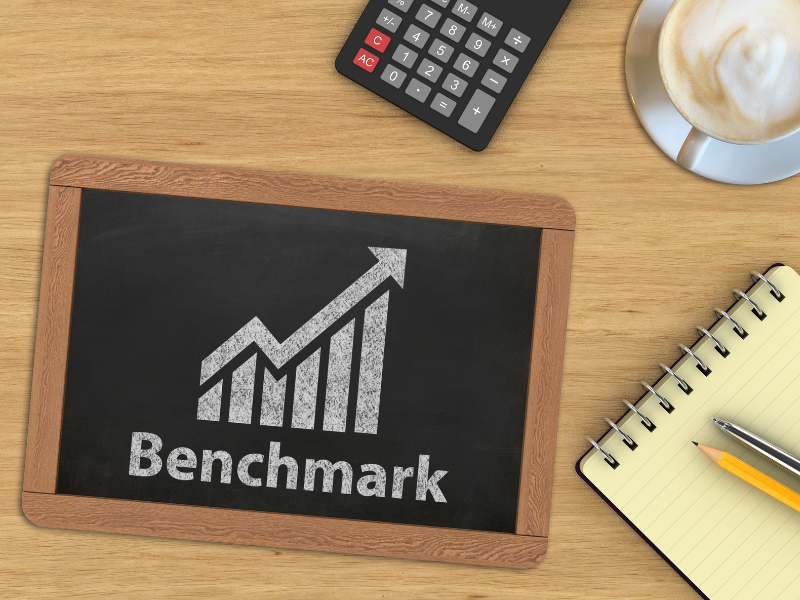A benchmarking report is a tool used by businesses to assess and compare their performance, processes, or key metrics with those of other similar businesses in the same industry or sector. The primary purpose of benchmarking is to identify areas where a business can improve its operations, increase efficiency, and enhance its competitive position.
Here’s how a benchmarking report can help your business:
- Performance Assessment: Benchmarking allows you to objectively evaluate your business’s performance against industry standards or best practices. By comparing your performance metrics with those of your peers, you can identify areas where you excel and areas where you may be falling short.
- Identifying Strengths and Weaknesses: Through benchmarking, you can pinpoint your business’s strengths and weaknesses relative to competitors. This insight helps you focus your efforts on maintaining or capitalizing on strengths while addressing weaknesses.
- Setting Realistic Goals: Benchmarking provides a basis for setting realistic performance improvement goals. By understanding what top-performing businesses in your industry achieve, you can establish achievable benchmarks to strive for.
- Process Improvement: Benchmarking can highlight inefficient processes within your business. By comparing your processes with those of top performers, you can identify opportunities for streamlining operations, reducing costs, and improving productivity.
- Enhancing Customer Satisfaction: By examining customer satisfaction metrics and comparing them to industry benchmarks, you can identify areas where you can improve customer service and meet or exceed customer expectations.
- Market Positioning: Benchmarking helps you understand your market position. You can assess whether you are a market leader, a follower, or a niche player. This insight informs your strategic decisions and competitive positioning.
- Innovation and Best Practices: Benchmarking exposes your business to innovative ideas and best practices from industry leaders. You can adopt and adapt these practices to enhance your own operations.
- Risk Management: Identifying gaps in your business compared to industry benchmarks can help you mitigate risks. For example, if your financial ratios are significantly different from industry norms, it may signal financial risk that needs to be addressed.
- Investor and Stakeholder Confidence: If you share benchmarking data with investors or stakeholders, it can instill confidence in your business’s ability to perform and compete effectively within the industry.
- Continuous Improvement: Benchmarking is not a one-time activity; it’s an ongoing process. Regular benchmarking allows your business to stay adaptable and responsive to changing market conditions.
To effectively use benchmarking reports, start by selecting appropriate benchmarks and key performance indicators (KPIs) based on your industry and business goals. Collect data, analyse the results, and develop strategies for improvement. Keep in mind that benchmarking should be part of a continuous improvement process, allowing your business to evolve and remain competitive over time.


Recent Comments